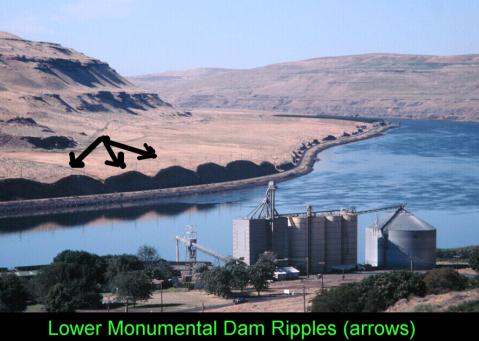goat wrote:New York is known for the fact that heavy galcerial activity happened there on multiple occations. You can go up in the mountains, and see sections of bedrock that have scraps on them that show the directoin of the flow of glaciers. These scrapes are formed as the glacier drags smaller rocks along their path.
I don't doubt that such scraping exists. But could you cite your reference for this?
Geological evidence for ice ages comes in various forms, including rock scouring and scratching, glacial moraines, drumlins, valley cutting, and the deposition of till or tillites and glacial erratics.
http://en.wikipedia.org/wiki/Ice_age#Ev ... r_ice_ages
In this thread, I'm arguing that ribbed moraines and drumlins are the result of water action. And in the
Scablands thread, it was shown that floods can form valley cutting and erratics. So, about the only thing left in terms of geological evidence are rock scratches.
Furrowed Brow wrote:Underneath the receding ice sheet there will be solids, and the ice is a solid, and by definition there is friction and movement, if you could speed up history, would you see the base of the ice sheet, though solid like the boulders in an avalanche, actually behaving much like a liquid.
If you rubbed two sheets of solids together, wouldn't it just result in a smooth surface rather than more bumps?





